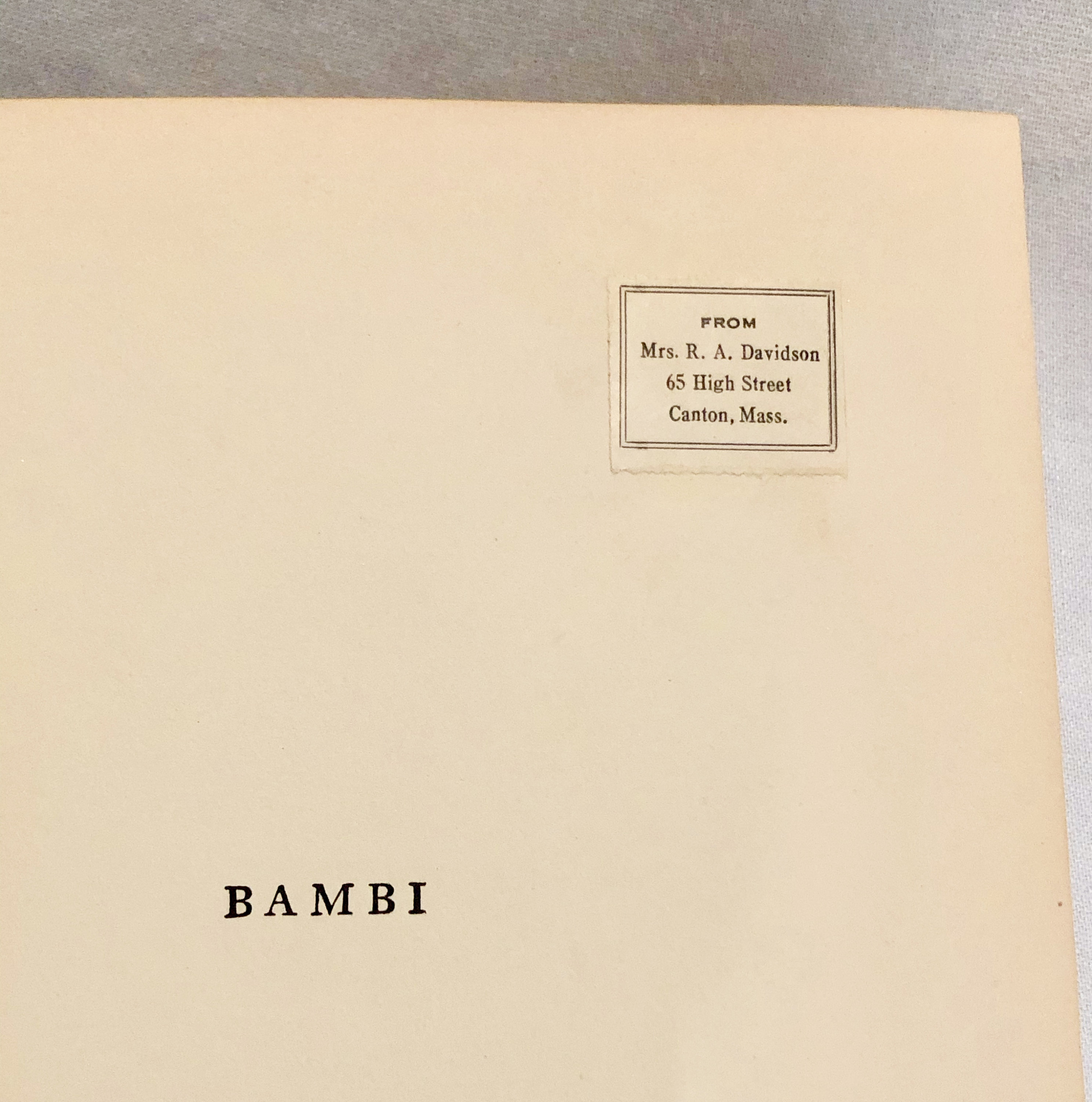


One deer, to his deep regret, learns that, although he is welcomed and cared for by Him, He cannot be trusted. Humans, referred to as "He" with a capital H, are a dangerous intrusion on natural forest life. Maybe bleak is the right word for the story certainly it is not a warm cozy tale of frolicking animals.

I found the New Yorker article, "'Bambi' is Even Bleaker Than You Thought" by Kathryn Schulz (), more informative than Jack Zipes' introduction. The first English translation was done by Whittaker Chambers (of Alger Hiss fame) and because of copyright problems, no other translation could be done until recently. Apparently it is a metaphor about oppressed people, such as Jews the Nazis who banned and burned it thought so. Salten intended this book to be read by adults. I personally think the story is far too sophisticated and gloomy for children but might be more appropriate for the YA age group.

My second reading was an unabridged version translated by Whittaker Chambers and I came away with a much more favorable impression of the writing and the story. After unwittingly borrowing and reading a recently translated abridged copy on HOOPLA, which I thought was horrible, I figured out my error. Just a word of caution if you plant to read this, as there are various translations available and some versions are abridged too. Bambi learns the most from an older male deer, who every so often seeks out Bambi to teach survival strategies, including how to outwit "He" which is the animal's term for a human. Bambi is first cared for by his mother and as he gains more independence, eventually chooses a mate. Salten's beautifully descriptive and subtle writing is deceiving, as the story contains underlying themes of fear, survival, death, war and religion.īambi, a male roe deer, first appears as a newborn and by the end of the book is older and turning gray. Although some anthropomorphism is used, Salten's story is a far cry from the cutesy, sanitized version presented by Walt Disney decades later. Originally published in Berlin during 1923 and then translated to English by Whittaker Chambers for US publication during 1928, Bambi remains a popular children's classic.


 0 kommentar(er)
0 kommentar(er)
